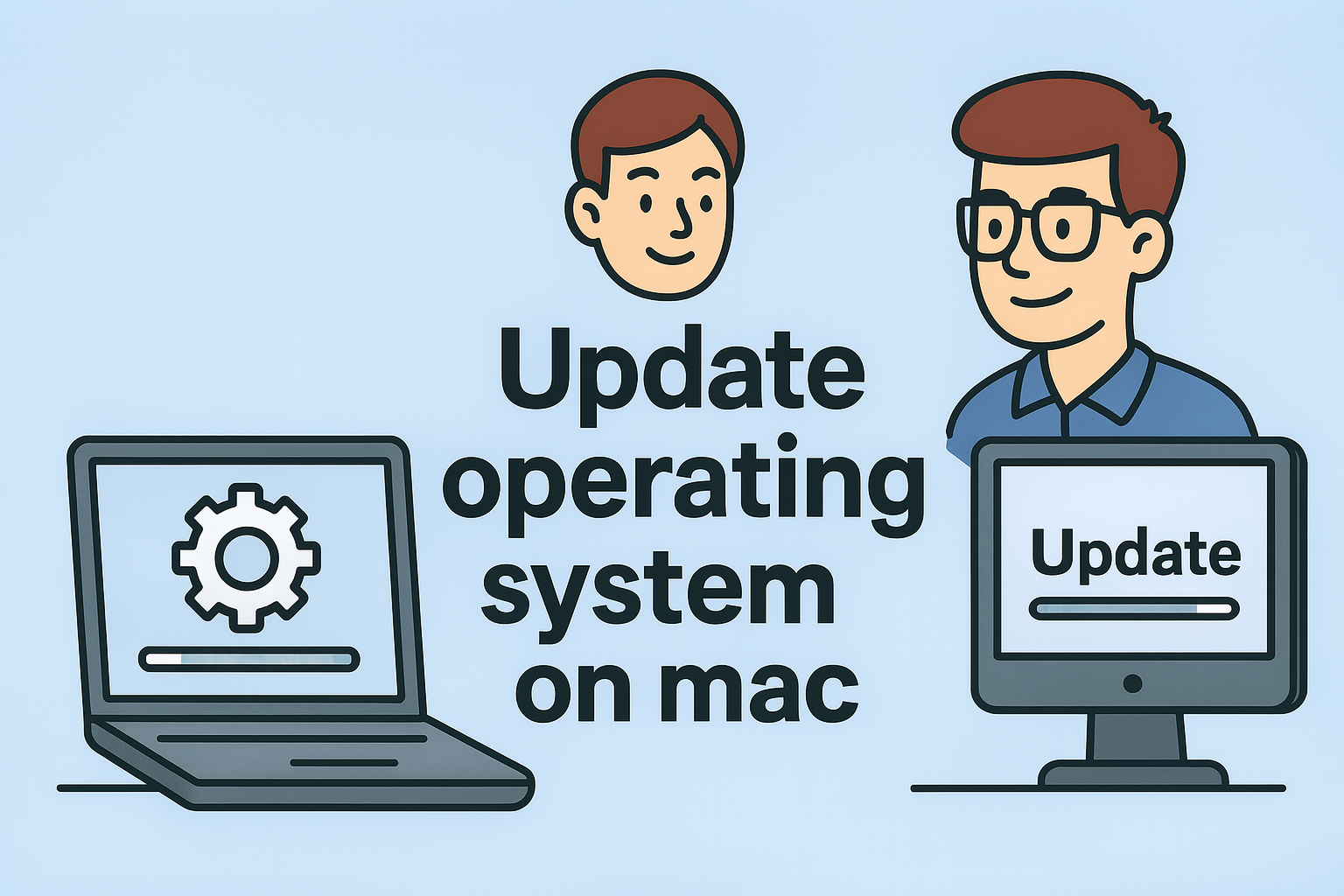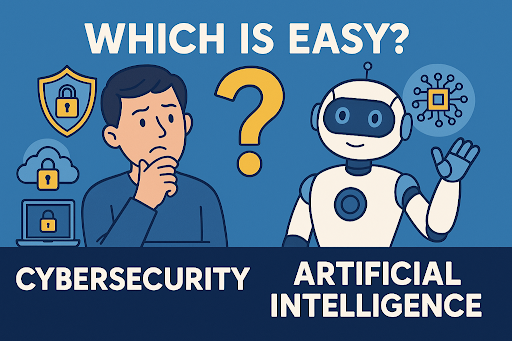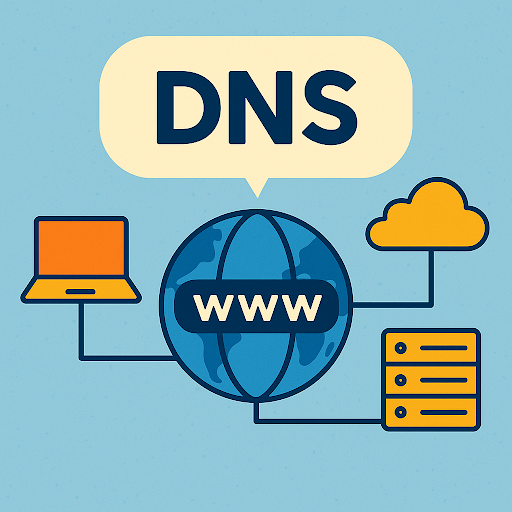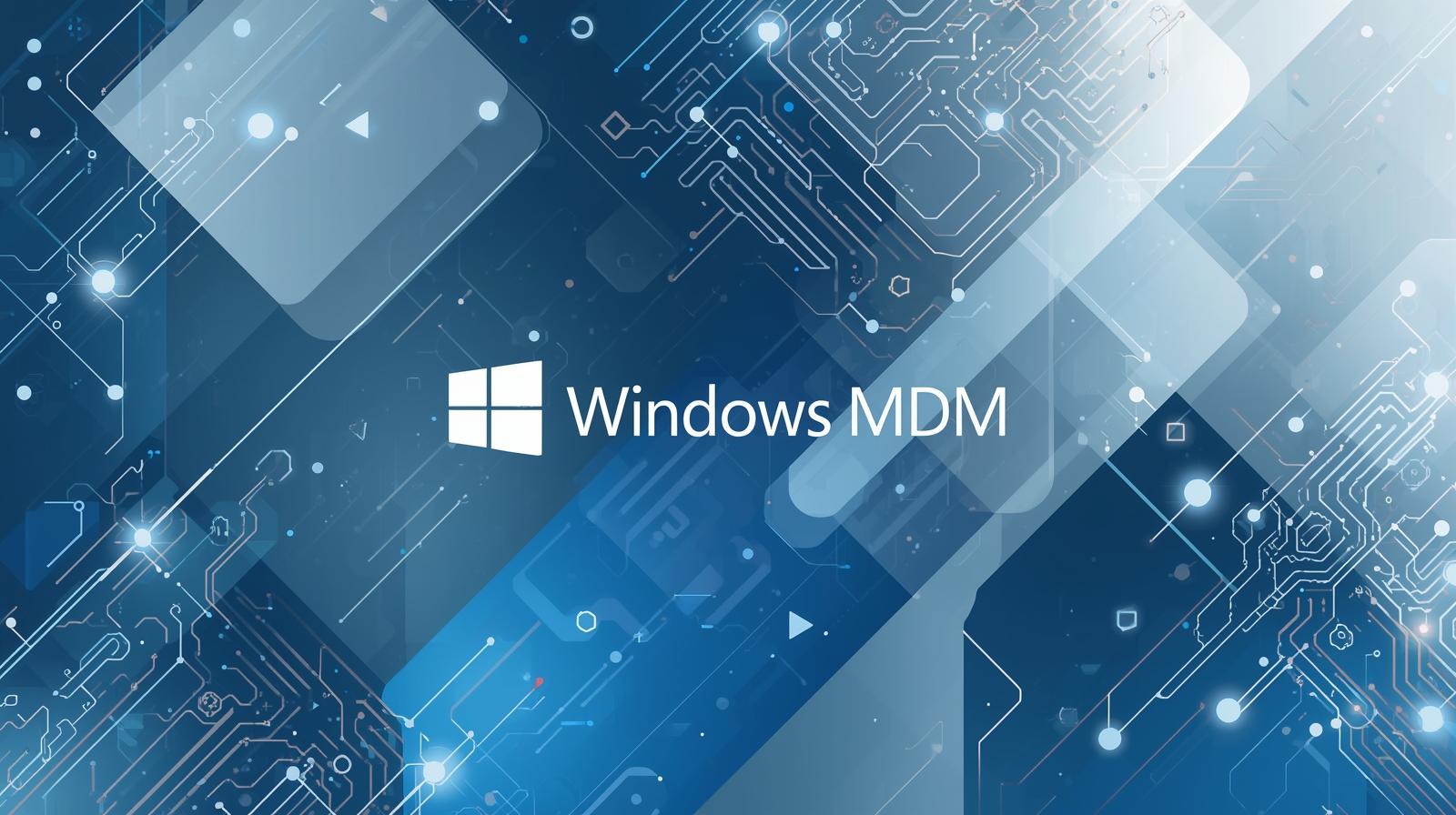Why Updating macOS Matters in Cybersecurity
Updated on July 11, 2025, by ITarian

Keeping your Mac’s operating system up to date isn’t just about getting the latest features—it’s also a key part of your cybersecurity strategy. Whether you’re managing enterprise systems, overseeing IT infrastructure, or ensuring endpoint protection, knowing how to update operating system on Mac is essential.
In this comprehensive guide, we’ll show you how to check for macOS updates, update macOS manually, and upgrade to the latest macOS version, while also addressing common concerns related to security, performance, and device compatibility.
Outdated software is a prime target for cybercriminals. Each new macOS update includes security patches that close vulnerabilities and improve system performance.
Here’s why you should never delay updates:
- Security Fixes: Patches for newly discovered threats.
- Stability Improvements: Enhanced performance and bug fixes.
- New Features: Access to the latest tools and apps.
- Compatibility: Support for new third-party applications and devices.
“Cyberattacks on outdated operating systems are up 42% year over year.” – 2024 Threat Report
How to Check for macOS Updates
Before initiating an update, it’s important to check for macOS updates to see if your system is already up to date.
Steps to Check for Updates:
- Click on the Apple Menu () in the top-left corner of the screen.
- Select System Settings (or System Preferences on older macOS versions).
- Click General → Software Update.
- macOS will now check for available updates.
- If an update is available, you’ll see an option to Update Now or Upgrade Now.
Pro Tip: Turn on Automatic Updates by toggling the option in Software Update Settings. This ensures critical updates install without user intervention.
How to Update macOS Manually
Sometimes automatic updates don’t work as expected, or you may prefer to control when updates happen—especially in enterprise environments.
Manual macOS Update Process:
- Open System Settings.
- Navigate to General → Software Update.
- Click More Info to view available updates.
- Select desired updates and click Install Now.
- Enter your admin credentials if prompted.
- Wait for your Mac to download and install the update.
- Restart your Mac if required.
Warning: Always back up your data using Time Machine or another backup method before proceeding.
How to Upgrade to the Latest macOS Version
If you’re running an older macOS (like Catalina or Big Sur), you may need to upgrade to the latest macOS version, such as macOS Sonoma.
Upgrade Steps:
- Open the App Store.
- Search for the latest macOS (e.g., macOS Sonoma).
- Click Download.
- Once downloaded, follow the on-screen installation prompts.
- Your system will reboot several times during the process.
Tip for IT Managers: Use Mobile Device Management (MDM) tools to roll out upgrades across multiple endpoints.
Enterprise Considerations Before Updating
For business environments, updating macOS should be done strategically.
Key Points for IT and Cybersecurity Leaders:
- Compatibility Testing: Ensure apps and drivers are supported by the new OS.
- Policy Compliance: Align updates with your company’s patch management policies.
- User Communication: Notify employees and schedule updates during off-peak hours.
- Rollback Plans: Always have a contingency in case something goes wrong.
Best Practices for Secure macOS Updates
Follow these recommendations to maximize safety and minimize disruptions:
- Backup critical files before any update.
- Use secure networks (avoid public Wi-Fi).
- Enable FileVault encryption before updates.
- Use multi-factor authentication (MFA) on all Mac accounts.
- Apply firmware updates if available.
Common Issues and Troubleshooting
Updating macOS is typically smooth, but here are a few hiccups you may encounter:
| Problem | Solution |
| Update stuck on “Preparing” | Restart Mac and try again |
| Update won’t install | Free up disk space (at least 20 GB recommended) |
| Wi-Fi disconnects during update | Use Ethernet if available |
| Mac won’t boot after update | Start in Safe Mode and diagnose |
| Applications crash post-update | Check for app updates or reinstall |
Frequently Asked Questions (FAQ)
1. How long does it take to update macOS?
Usually between 20–60 minutes, depending on your internet speed and Mac’s performance.
2. Will I lose my data when I update macOS?
No, macOS updates retain your data. However, backups are strongly recommended.
3. Is macOS Sonoma safe to install?
Yes, it’s secure and includes enhanced security features—especially beneficial for businesses.
4. Can I skip updates and upgrade directly?
Yes, you can skip incremental updates and upgrade straight to the latest macOS.
5. How do I update macOS on multiple devices?
Use Apple Business Manager or MDM platforms like Jamf or Itarian for centralized deployment.
Final Thoughts: Stay Secure, Stay Updated
Knowing how to update operating system on Mac is more than just a tech tip—it’s a core part of digital resilience and cybersecurity hygiene.
Whether you’re a CEO, IT leader, or security analyst, keeping your fleet of Macs updated ensures stability, compatibility, and protection from evolving threats.
Ready to automate OS updates and endpoint security?
👉 Get started with Itarian for free and simplify your IT operations today.














